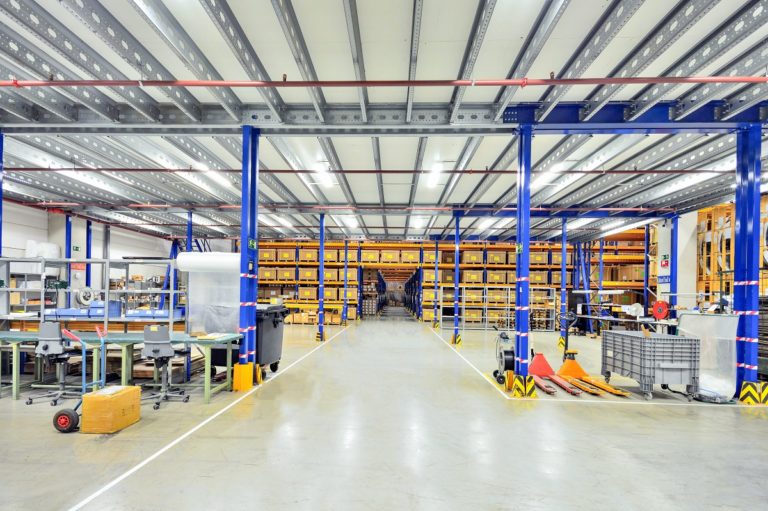Many aspiring entrepreneurs have seen the opportunities of opening a warehouse facility. While this can be a big business in the future, you need to solidify your structure. Design your business plan using the following steps below:
Step 1: Determine the niche of your business
You need to identify your specialization. This will also determine the type of storage facility you’re building. Some of the options include hardware businesses, art dealers, pet supplies, e-commerce, food suppliers, and clothing retailers.
You can also explore your opportunities with logistics and loading systems. Many companies from this industry are looking for warehouses. If so, make sure to create an industry-tailored strategy for specific clients. Consider your framework and business structure when dealing with air cargo systems as well. This will help you streamline the process for you and your clients.
Step 2: Obtain the requirements
The documents you need may vary depending on the location of your site and the states where you’re planning to operate. Make sure to check from your local municipal office the requirements needed for permits and licensing.
Generally, running this business requires state tax identification number, employer identification number (EIN), or “doing business as” (DBA) registration, and tax permits. For your safety, hire a legal counselor. These professionals should walk you through different legal processes when obtaining permits and other processes, including contracts for your employees.

Step 3: Organize your manpower recruitment
Once you have determined the type of facility you want to operate, you can now proceed with warehouse staffing. This is one of the most crucial steps in this business. You need accurate figures to find out how many people you need.
In addition, you also need to ensure that you’re hiring the right set of talent. Comply with the labor code and do more research about the basic pay grade for each staff. Offer incentives to keep them motivated. Some warehouse operators work with a recruitment agency for these matters.
Step 4: Build and expand your network
There are several warehouse bodies like the International Warehouse Logistics Associations that you can check out. You can have your company included on their listings to get more leads. While this can be effective, you should still consider doing in-house marketing. Explore different tools such as social media and other online marketing channels.
Other Key Takeaways: Competitive Analyses
The warehouse business is one of the most competitive industries today. This is why you need consistency to keep you in the game. Conducting competitors’ analyses should always be part of your ongoing strategy. Study your competitors. Get to know more about their products and services. What is their facility setup? Are they offering other services? Do they have monthly promos? These things will help you create a business model that works for you and your clients.
Always remember that innovation is the key to success. Don’t get too complacent even if you’re converting profits. Anticipate the risks and prepare resolutions for each. Just like any other business, there are risks always. Start planning ahead for contingencies.



